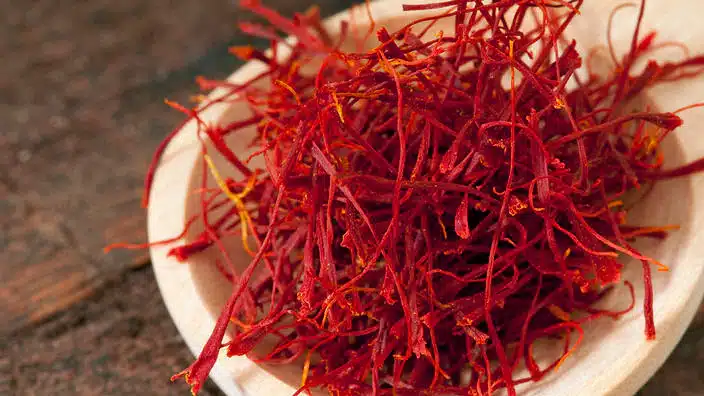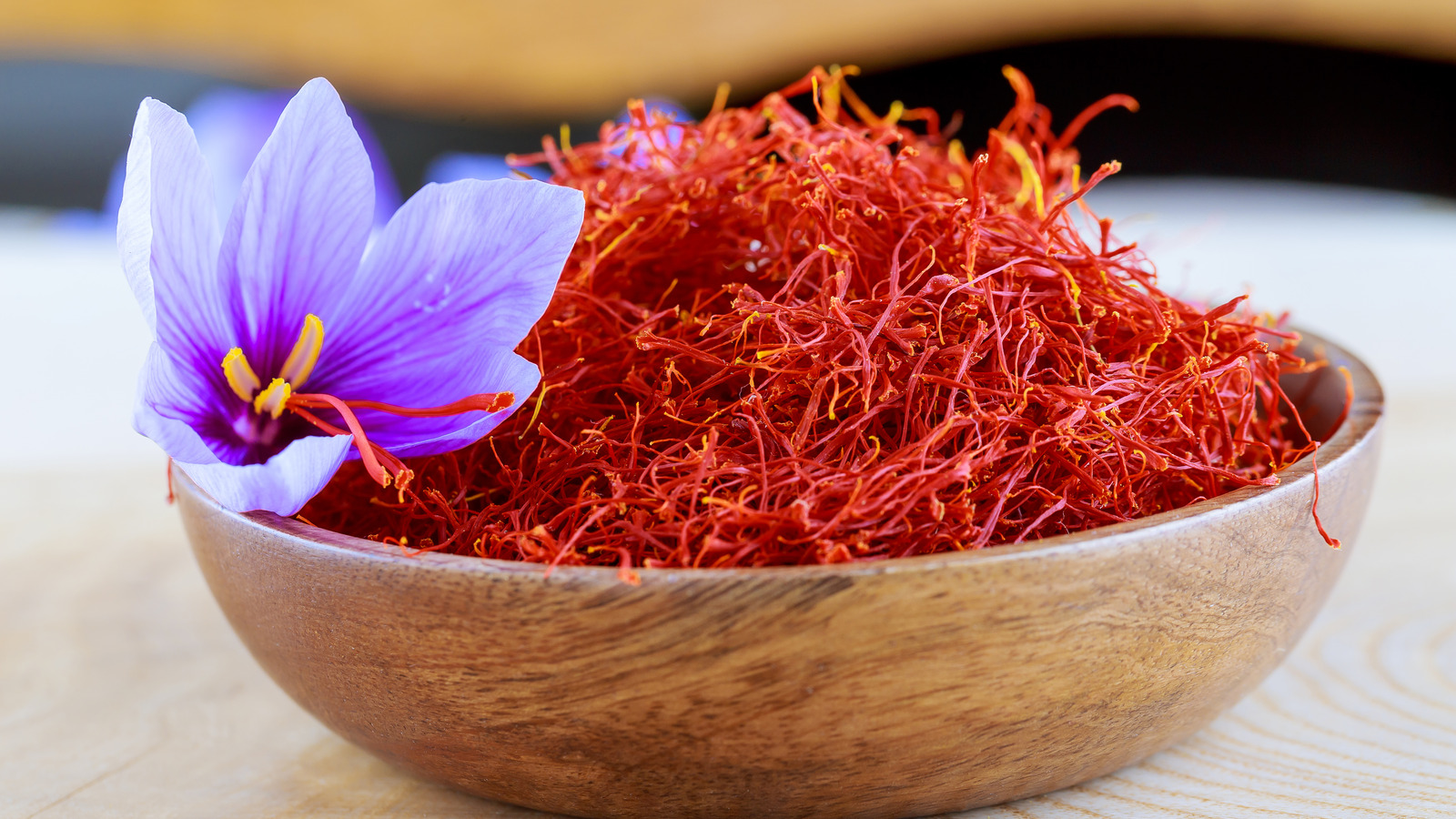Blog
Is saffron more precious than gold?

Saffron vs Gold
People have been associated with saffron and gold for a period of several thousand years. The rich, golden splendor of saffron demonstrates riches, depth and energy. Humanity from all the continents loved this color and used it in art, crafts, and buildings. For instance, the saffron in the Buddhist monk’s saffron robe and the tile in Islamic temples are both made with saffron, which is a symbolic hue in many religions and cultures.
Yet, gold, with its shiny surface and eternal magnetism, means riches, success and happiness. From time immemorial, people have marveled at how shiny gold is. Gold is always the symbol of power, honor or holiness, just like in the Egyptian objects made of gold leaf to the Byzantine church domes with golden domes.
For instance, colors such as gold and yellow demonstrate how light, eye, and cultural significance are intertwined. Of course they both signify extravagance and splendor in different ways. The golden and natural flavor of saffron is symbolic of the vitality and materiality of mother nature. Gold’s other worldly reflection coming from its silver shine and sparkling effect represents the dedication of handiwork and the rarity of precious metals.
The social value of saffron and gold makes it harder to choose between the two. Saffron is closely associated with faith, wisdom, and heavenly understanding in many parts of the world. By religious occasions, the place of religion as a bridge between the physical and spiritual gets highlighted.
Gold has always been a symbol of wealth, power and luxury. Notwithstanding royalty and nobility, its significance and power transcend boundaries of both space and culture. Gold crowns and jewellery were worn by kings and high classes.
The symbology, historicity, and cultural importance of the saffron and the gold are shown in contrast. Saffron means faith, warmth, and energy and gold stands for riches, splendor and power. These are the hues that uplift us and make us realize the value and uniqueness of our legacy.
Why does saffron cost so much?
Saffron is very expensive because it is hard to find and people all over the world want it. To understand why saffron is so expensive, you need to look into how it is grown, harvested, processed, and how the market works.
It takes a lot of work to grow saffron. It comes from the pistil of the saffron crocus flower, Crocus sativus. For saffron to grow, it needs careful attention and work. The flowers open for a few weeks every fall. During this short time, saffron growers have to pick by hand each flower’s beautiful red stigmas. This time-consuming process needs trained workers and raises the cost of production.
Saffron can only be grown in certain places because the conditions are so good for growth. Countries in the Mediterranean, like Iran, Spain, and Greece, are great places to grow saffron. In these places, the golden crocus can grow because the nights are cool and damp and the days are dry and bright. But saffron growing is limited in some areas, which drives up prices around the world.
The taste, smell, and bright color of saffron are controlled by crocin, safranal, and picrocrocin. Premium saffron costs more because it is more pure and better grade. To meet these standards, planting, gathering, and handling must be done with great care. To keep its delicate qualities, saffron has to be handled with care, which raises the cost of production.
The fact that saffron can be used in cooking, medicine, and beauty products has made it more popular around the world. Saffron is very popular in fancy food because of its rich flavor and bright color. Its health benefits have also made it popular in the fitness sector. The historical and cultural meanings of saffron make it even more valuable on the market. Depending on supply and demand, speculation and investment can also cause changes in the price of saffron futures.
The cost and supply of saffron are affected by politics in the main places where it is grown. Political unrest, economic penalties, weather, and crop diseases can all mess up saffron production and supply networks, which can make prices change quickly. Saffron may also move and be worth less when it crosses borders because of trade rules and taxes.
Price for rare and valuable saffro
The price of saffron changes based on the quantity, quality, and desire of the harvest. Prices for saffron have hit all-time highs in the past few years. There were a lot of factors that led to this jump, such as higher demand for goods made with saffron around the world and limited supply in big production areas due to weather and political worries.
Even though it’s expensive, saffron is famous because of how it tastes, smells, and looks. Its rarity gives it a sense of class and grace in the cooking world and beyond. Saffron makes foreign foods and rich desserts taste even better, leaving a lasting impact.
Benefits of Saffron
Saffron has health benefits that go back hundreds of years and aren’t just used in cooking. Saffron is a good addition to Ayurveda and traditional Chinese medicine because it helps reduce inflammation and fights cancer. It is also high in vitamins. Because it lifts your mood, saffron may help lessen sadness and stress.
Recently, people have been interested in how saffron can help with face care and beauty. High-end skin care products love it because it keeps skin looking young and healthy. Face masks and serums with saffron in them say that this special spice can restore and revive the skin.
Conclusion
Beyond money, there are differences in society, history, and how people see things between saffron and gold. Gold stands for wealth and success, while saffron stands for class, polish, and exclusivity. The fact that saffron has gone from being a cheap spice to the most expensive one in the world shows how popular and valuable it is.
Gold and saffron add beauty, history, and desire to our lives, making us better in obvious and unseen ways. In addition to making a royal feast look beautiful, these amazing organisms give our skin a golden glow. They remind us of how rich and varied our world is and encourage us to appreciate every moment with gratitude and respect.
Here are 10 frequently asked questions on the topic Is saffron more precious than gold?
Q1: Is saffron more precious than gold?
A1: Yes, saffron is often considered more precious than gold by weight. It takes a significant amount of saffron flowers to produce just a small quantity of saffron threads, making it extremely valuable.
Q2: What makes saffron so expensive?
A2: Saffron is expensive due to the labor-intensive process of harvesting. Each saffron crocus flower produces only three delicate red stigmas, which are handpicked, sorted, and dried. It takes thousands of flowers to yield just one pound of saffron.
Q3: How does the price of saffron compare to the price of gold per gram?
A3: Saffron is often priced higher than gold per gram. The price of saffron can vary, but it is consistently one of the most expensive spices in the world.
Q4: Why is saffron highly prized in culinary and medicinal applications?
A4: Saffron imparts a unique flavor, vivid color, and distinct aroma to dishes. It is also valued for its medicinal properties, including its use as an antioxidant and mood enhancer.
Q5: Where is saffron primarily cultivated?
A5: Saffron is primarily cultivated in regions with a Mediterranean climate. Iran, India, Spain, and Greece are some of the major saffron-producing countries.
Q6: How is saffron used in traditional cuisines around the world?
A6: Saffron is used in a variety of dishes, including paella in Spain, risotto alla Milanese in Italy, and biryani in India. It is also used in desserts like saffron ice cream and cakes.
Q7: What are some medicinal benefits of saffron?
A7: Saffron has been studied for its potential medicinal properties, including its use as an antidepressant, anti-inflammatory, and anti-cancer agent. It is also believed to have antioxidant properties.
Q8: Are there any historical or cultural reasons for saffron’s high value?
A8: Saffron has been prized for centuries and has cultural significance in various cultures. It has been used in religious ceremonies, traditional medicine, and culinary practices, contributing to its high value.
Q9: Can you explain the labor-intensive process of harvesting saffron?
A9: Harvesting saffron involves carefully plucking the delicate red stigmas (saffron threads) from each flower by hand. This process is extremely time-consuming and requires skilled labor.
Q10: Is there a limited saffron production globally, contributing to its high value?
A10: Yes, saffron production is limited due to the specific climate and conditions required for cultivation. The scarcity of saffron-producing regions and the labor-intensive harvest contribute significantly to its high market value.





One thought on “Is saffron more precious than gold?”